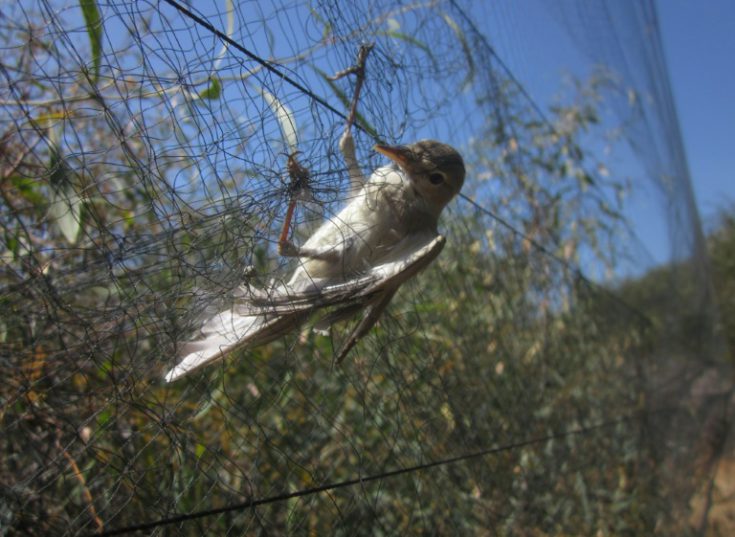Top 10 stories of the day: Pope Francis dies | Easter road fatalities declining | Second suspect arrested for Wynberg court shooting
Police on a British military base in Cyprus on Thursday launched their latest weapon in the fight against illegal bird trappers –- a high-tech drone.
A recent study by Britain’s Royal Society for the Protection of Birds (RSPB), said Cypriot trappers killed 2.3 million migrating birds in autumn 2016, up from 1.4 million in 2010.
Size for size that makes Cyprus the second-most deadly bird destination in the Mediterranean, after Malta.
And most of the industrial killing takes place within British military-controlled areas, especially the eastern sovereign base of Dhekelia, outside the south coast resort of Larnaca.
After Cyprus gained independence in 1960, Britain retained sovereignty over two base areas covering some 254 square kilometres (99 square miles) of the island’s territory where it runs its own police and courts.
British authorities said the drone would mainly be used by an action team dedicated to combating illegal bird trapping due to the crystal clear imagery it can generate from great heights at a top speed of more than 80 kilometres (50 miles) per hour.
The top-of-the-range drone, which has night-vision capabilities, will enhance the police’s ability to cover areas which have proved difficult to reach in the past.
Dhekelia garrison divisional commander, Chief Superintendent Jon Ward said bases police “are absolutely committed to targeting anybody involved in illegal bird trapping and we will use all legal methods in order to do this”.
He told reporters that police across British bases territory will also be using hidden cameras, a method which has proved successful in recent months in leading to the prosecution of bird trappers.
“We have seen some significant sentences handed down by the courts recently and the use of these techniques… and it will be intelligence-led to target criminals,” Ward said.

An Olivaceous Warbler is caught in a mist net put up by illegal trappers on Cyprus, among some two million birds killed on the island each year
“My message to anyone thinking of engaging in illegal activity but more specifically in bird trapping is to be aware that we will be out both day and night to catch you.”
Trappers can catch thousands of birds a season, selling them at up to 40 euros ($48) for a dozen to restaurants, which serve the dish for nearly twice the price –- making it a lucrative business worth an estimated 15 million euros ($18 million) a year.
Of the 280 bird species regularly seen in Cyprus, some 200 are migrants, including everything from songbirds to waterfowl and raptors.
Millions use the island as a stopping-off point on their spring migration from Africa and the Middle East to Europe.
In autumn they return, fatter and accompanied by their offspring — a trapper’s dream.
In March, the RSPB labelled the Dhekelia base area the “worst bird killing hotspot” in Cyprus.
Download our app